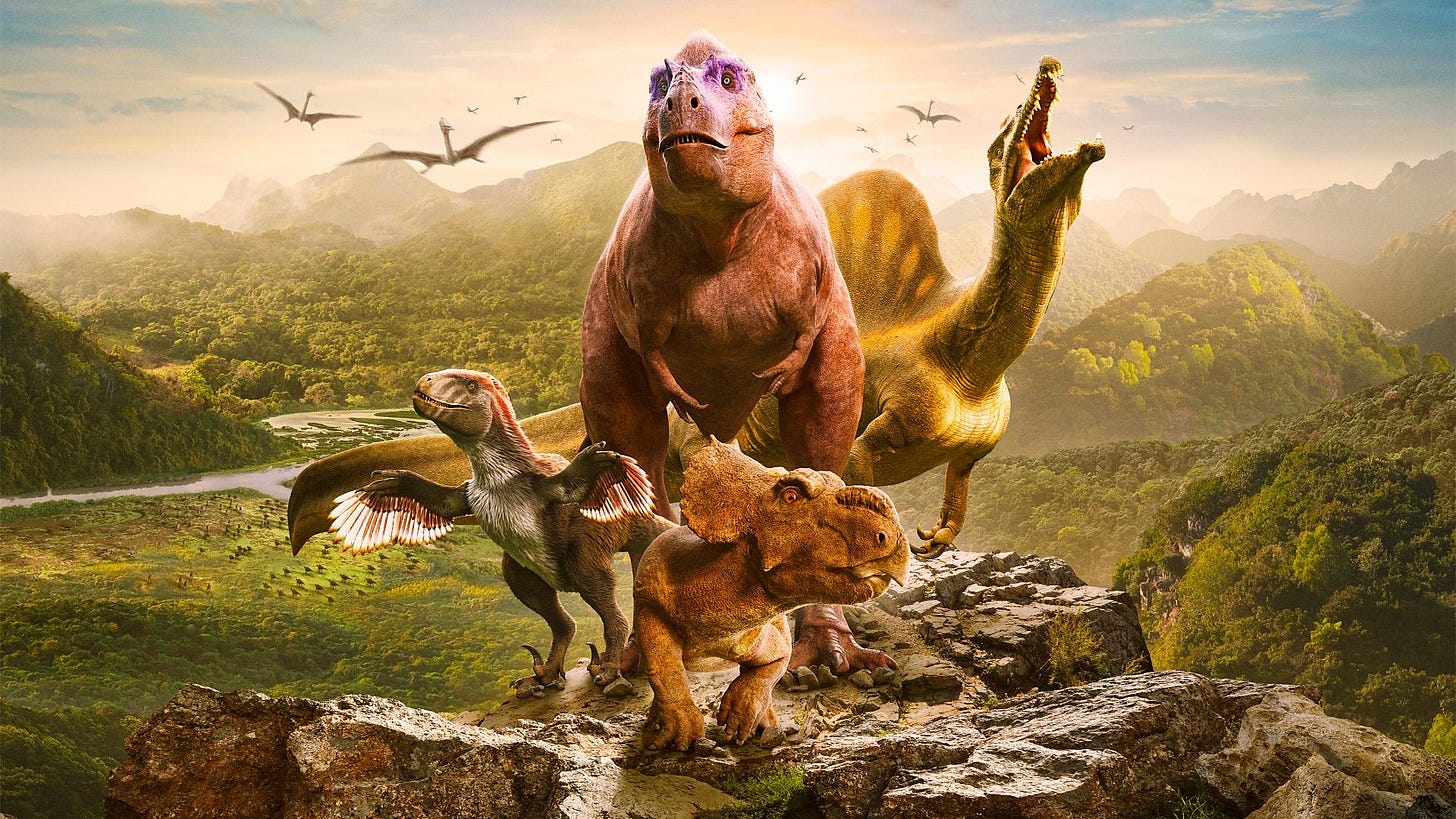'Walking with Dinosaurs': Where to Watch and which dinosaurs feature?
Watch Walking With Dinosaurs from Sunday 26 May at 6.25pm on BBC One and iPlayer. Here we take a look at which dinosaurs feature in which episode.
Keep reading with a 7-day free trial
Subscribe to Where to Watch to keep reading this post and get 7 days of free access to the full post archives.




